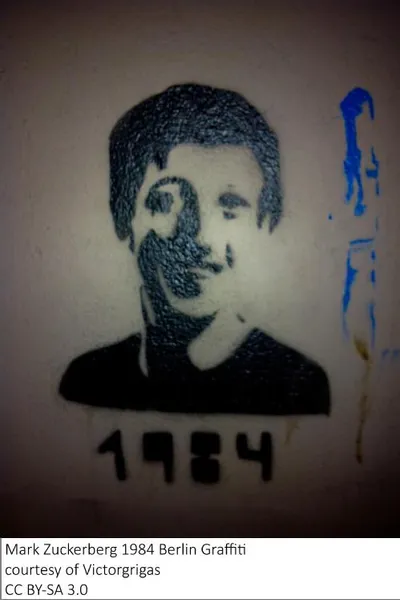Connecting and Connected Cultures – A note on culture in the digital age
Nate Tkacz, Director, Centre for Digital Inquiry

Raymond Williams once pointed out that “culture is ordinary”. Culture includes the stuff we put in museums and galleries, but it also includes the stuff we put in our drawers. Medicine or makeup, a bag of used batteries or an old phone no longer in use. Culture is about our everyday lives, our habits and routines, our sense of the normal and its many others. Not too long ago, the digital was not seen as ordinary. The digital was new; a space of potential. It was described as “a virtual frontier” – which perhaps should have raised alarm bells (but didn’t).
People who were part of the this early digital world had high hopes for a better future; one partly built around the promise of networked connectivity. The digital was filled with utopian potential. It gave rise to new aesthetic practices, such as net.art; new ways of doing politics, such as ‘peer production’, and new ways of exploring and creating forms of identity and attachment. The digital, it seemed, had its own culture. A culture of blogging, RSS feeds, homepages, of surfing, and emerging forms of what Jean Burgess once called ‘vernacular creativity’.
Soon enough, though, the digital lost its shine. On the one hand, it just became prominent. Smart phones put the internet in people’s pocket; the platform giants (GAFAM and BAXT) established their respective territories and the global masses signed up. Facebook’s longtime mission of making the world “more connected” had become a reality for many (though not all). Shopping, banking, dating, reading, socializing, exercising and many other things are now routinely done through or with apps. On the other hand, it turned out “being digital” (Negroponte) wasn’t that great anyway. Bullying, trolling, stalking, ads, monopolies, conspiracies, email scams, surveillance, ads, political extremism, data leaks, ads, technological solutionism, racism, behavioural profiling, ads, censorship, e-waste, Zoom and Teams fatigue, productivity software, endless subscriptions, and more ads. We are now living in what some have called a “postdigital” (Cramer) time, where we recognize that excitement over the digital is itself historical. We are also living in a time where it hardly makes sense to circumscribe some part of culture as specifically “digital”. Rather, over time our ordinary cultural practices have fused with the digital. In the process of fusing, they have been transformed in countless ways. A major task of the Arts and Humanities, as well as the Social Sciences, is to make sense of these changes, to critique and evaluate them, to point to the paths not taken, the consequences of particular choices, and to help imagine and create inhabitable digital futures.
The French Situationist Guy Debord once wrote of a “separation perfected” through the medium of Television. He wrote of people becoming “atomized” in their homes, enraptured by the spectacles on their screens and subsequently emptied of their revolutionary potential. Whether or not his assessment was convincing at the time, today our cultures have come full circle such that we can speak of a “connection perfected”. This is not only a connected culture, but a culture of connection, a culture engaged in the management of its own connectivity. We update, sure. But do we comment, or just like? Does the photo need a filter, a caption perhaps? Should I share this? Do I ignore this person? Perfecting connectivity is less an achievement than a mode of existence. As Wendy Chun put it in slightly different context, “we update to remain the same”.
In 2020, Warwick established a Centre for Digital Inquiry (CDI). Part of what the CDI does is use digital tools to study culture. One can apply computational content analysis on large archives of books and other documents. One can use machine learning to translate written documents into digital characters. One can map communities or political issues using network mapping software. There are many possibilities for using digital tools to study culture. But, I hope, the digital also forces us to think about what culture is today. What is culture made of? How does it unfold? If we are living in a culture that is so connected it has produced a whole counter-industry around ‘disconnecting’, which forms of connection are worth nurturing and how do we cope with ones that are toxic? Whatever the case, holding these notions together, culture and the digital, seems important if we wish to get a purchase on either.
For more information on Warwick's new Centre for Digital Inquiry please visit the CDI website or email cdi@warwick.ac.uk
